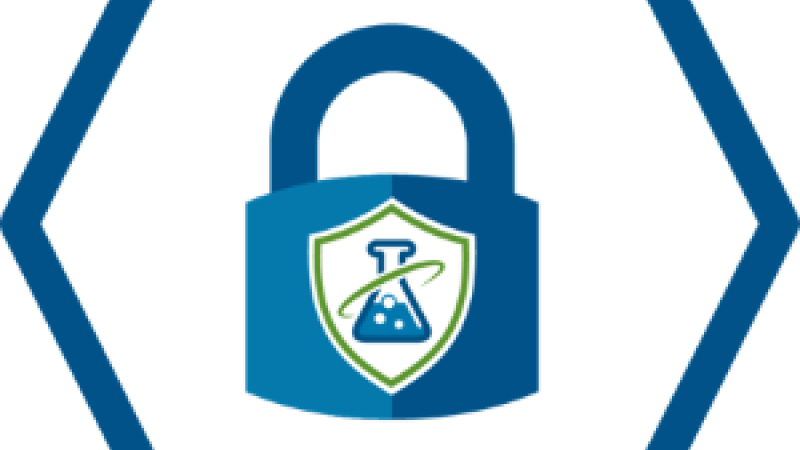ChemLock: Response Security Goal
The ChemLock program encourages facilities with dangerous chemicals to develop a holistic, customized, site-specific security plan that mitigates risk and enhances chemical security at the facility. To assist your facility in developing a security plan, the ChemLock program presents five security goals to consider as you evaluate and implement security measures tailored to your facility’s unique circumstances and business model. This is an overview of the response security goal.
Response Security Goal

Response includes the capability to communicate, report, and manage the appropriate reaction(s) to potential attacks and/or adversary actions, and/or to reduce the effect of security-related events.
The first time that local law enforcement or first responders actually access the facility should not be the day of an incident.
Responding to a threat to your chemicals is one of the most important aspects of chemical security. Once a threat or incident has been identified, a security response should be initiated. This can be conducted by either local law enforcement or dedicated facility security forces. Planning and training are important to ensure that your facility personnel, on-site security, law enforcement, and first responders can effectively respond to external and internal security incidents in a timely manner. These incidents include the theft or diversion of chemicals; an on-site fire, explosion, or release of chemicals; and loss of containment of chemicals.
Examples of Response Security Measures
Response security measures include developing emergency response procedures and crisis management plans, outreach programs to local first responders, and security plans for elevated threats.
As part of response preparations, your facility should include training personnel to effectively respond to a threat of or actual theft or release of chemicals. Comprehensive response plans should involve all your facility personnel, designated facility emergency response personnel, local law enforcement, and other off-site first responders.
- Emergency Response Procedures and Crisis Management Plans. One of the most important elements for a successful response to an incident is a well thought-out, documented crisis management plan upon which the relevant individuals have been trained.
- Outreach Programs. To ensure that external resources are properly prepared, your facility should consider an active outreach program with local first responders, such as your local police department, fire department, emergency management, and Local Emergency Planning Committees (LEPCs).
- Security Plans for Elevated Threats. The ability to escalate the levels of security measures for periods of elevated threat provides your facility with the capacity to increase security measures to better protect against known increased threats or generalized increased threat levels.
Security Response vs. Emergency Response
It is important not to confuse a “security response,” which engages and neutralizes adversaries, with the broader “emergency response,” which follows an attack and reduces the severity of the event. The initial “security response” has tactical considerations, whereas the “emergency response” relates to containing the damage and mitigating the consequences of a security incident. Facilities should consider both responses in planning.
Considerations for Response
When implementing elements of response into your security plan, you should account for multiple response security measures in keeping with your facility’s operational constraints and business needs. For example, response measures for a facility with dedicated on-site security personnel will be different from response measures at a facility that relies on off-site local law enforcement, first responders, or a third-party security vendor.
When considering response, be sure to account for different threats as well. Some response measures may be highly effective against some attacks, but not against others. For example, response measures may be different for the release of a toxic chemical into the air than for the theft or diversion of an explosive precursor chemical by a nefarious actor.
Building collaborative relationships with local law enforcement and first responders prior to an incident helps ensure response personnel have an improved understanding of your facility’s layout and hazards and maintain appropriate equipment and training to address facility hazards. Collaboration and communication with response personnel will also allow them to take quick and decisive action during an incident. Facilities should consider:
- Including response personnel in the development and exercise of your response plans
- Meeting regularly with first responders and sharing updates to your emergency response plans
- Creating a toolkit for responders that contains items like your facility’s emergency contacts, facility layout, safety data sheets, access credentials, and radio interoperability
- Inviting local fire department and law enforcement for a tour of your facility
- Participating in Local Emergency Planning Committee (LEPC) meetings
- Conducting joint exercises with other off-site organizations
Building on the ChemLock security goals, the ChemLock program also provides information to help facilities think through a variety of chemical security topics to ensure that your facility security plan is holistic and comprehensive.

Additional Chemical Security Considerations
Next Steps
Here are some questions you can use to evaluate your facility’s response security measures:
- How does your facility ensure emergency response procedures and crisis management plans are up to date, relevant, and actionable?
- What training do your facility personnel have on response plans? Has your facility conducted exercises to ensure that personnel are ready and prepared to implement your response plans?
- Are the points of contact for first responders, law enforcement, and others that may respond to an incident up to date and relevant? Are first responders aware of the chemicals at your facility?
ChemLock Security Goals
Learn more about the other ChemLock security goals.

ChemLock Security Goals

ChemLock: Detection Security Goal

ChemLock: Delay Security Goal

ChemLock: Policies, Plans, and Procedures Security Goal

ChemLock Security Plan
To help facilities use the ChemLock security goals to develop a security plan or evaluate an existing plan, CISA has a guidance document and security plan template that facilities can download and customize for their facility.
ChemLock Services and Tools
Not sure where to start? CISA has security experts across the country that can come to your facility to help you evaluate whether your current security measures adequately address these security goals.
If you want to learn more about these security goals, ChemLock provides training that will walk you through them in greater detail so that you can build a facility security plan tailored for your facility.
To request any of these ChemLock services, please fill out the ChemLock Services Request Form.

ChemLock On-Site Assessments and Assistance

ChemLock Training
Contact Information
For more information or questions, please email ChemLock@cisa.dhs.gov.




